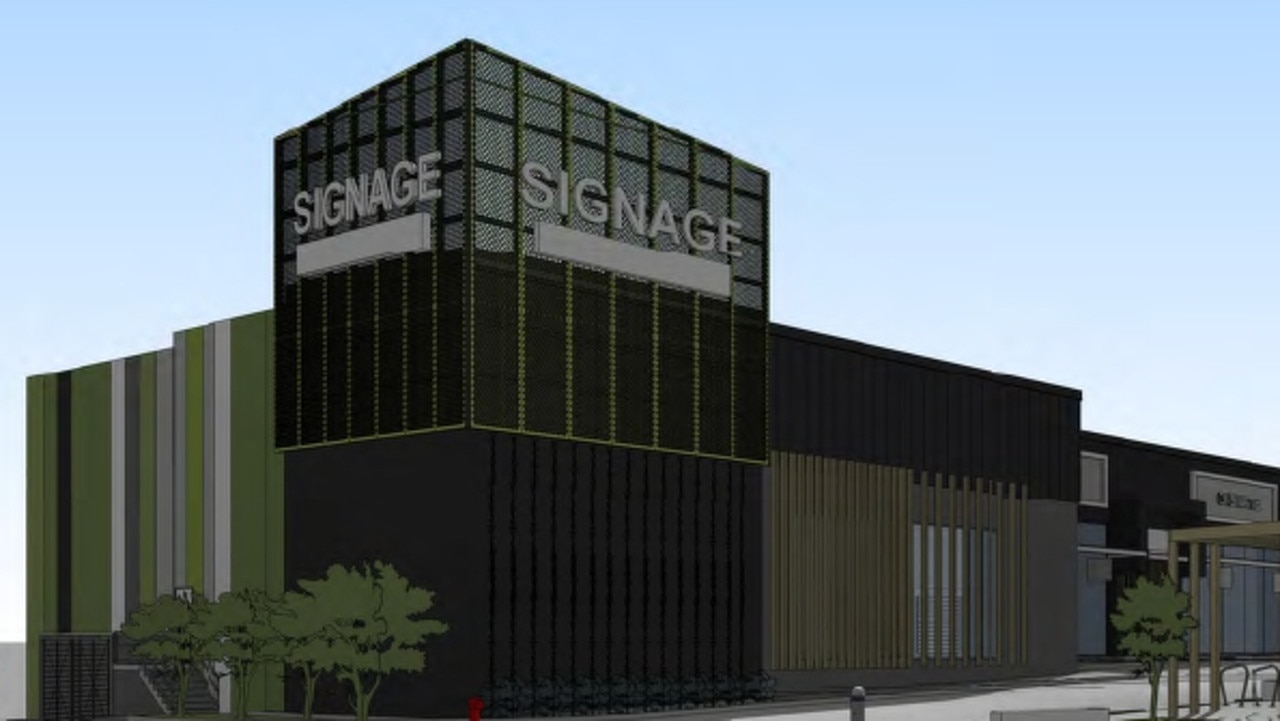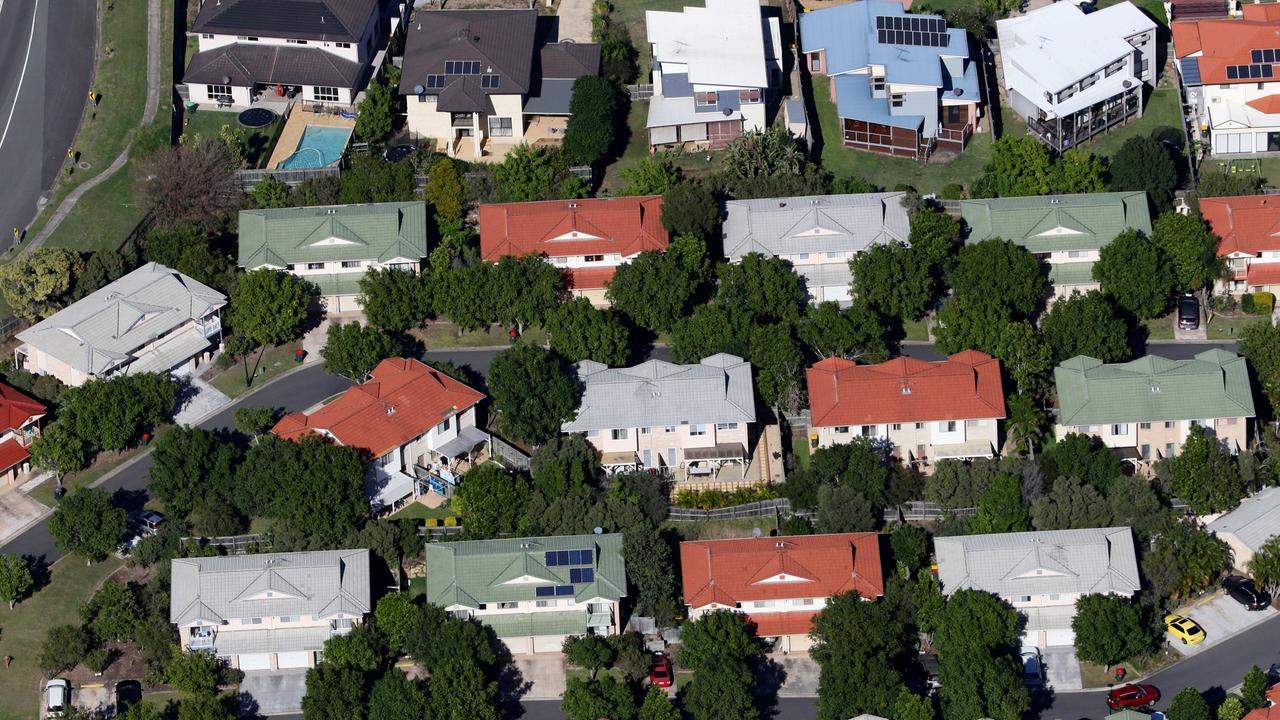Childcare deserts turning Aussie communities into ghost towns
Young families are being forced to make life-changing housing decisions on availability of daycare, with experts warning ‘childcare deserts’ are turning some communities into ghost towns.

Property
Don't miss out on the headlines from Property. Followed categories will be added to My News.
Young families are being forced to make life-changing housing decisions on availability of daycare, with experts warning ‘childcare deserts’ are turning some communities into ghost towns.
Jay Weatherill from Minderoo Foundation’s Thrive by Five campaign warned it was not just an issue for parents but affects whole communities.
“Early childhood education in Australia is in an affordability and accessibility crisis,” he said. “We hear stories of towns that can’t attract enough nurses, teachers and other essential workers because many of them have young kids, and there’s nowhere to send them to childcare or kinder. It’s turning some communities into ghost towns.”
MORE: Questions raised over MP’s property investments
Minister considers twin protections as Queensland renters left exposed
Mapped: Qld’s most mortgage stressed suburbs as missed payments surge
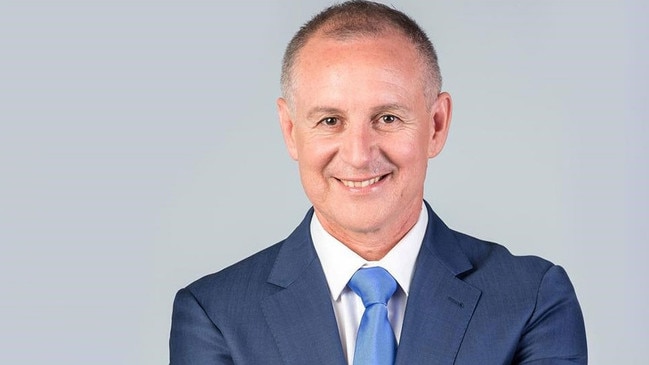

Research firm McCrindle head Mark McCrindle said they were seeing major change underway as more families’ home buying decisions were being influenced by childcare centres and preschools.
“The location near a child care centre has significantly grown as a factor, particularly in the last few years,” he told News Corp Australia Network. “Cost of living is a factor, many of these households are two incomes and suddenly the care of the children is key. It’s becoming increasingly tricky for parents to find a regular spot or a full time spot in a childcare centre so that’s now coming into the factor of purchasing properties.”

The trend is backed by findings of a Victoria University study naming areas where ‘childcare deserts’ and ‘oases’ had developed in 2022, with report co-author Mitchell Institute director Peter Hurley warning not much had changed since then.
“The situation is pretty much the same. There are always new centres opening and closing but overall, where you live will still have a big impact on how much childcare is available.”
Partially funded by Andrew and Nicola Forrest’s Minderoo Foundation, Mr Hurley said “childcare is vital for young families and not having it in certain towns and suburbs is going to impact any decision to live there”.
“We understand how important access and quality is to families when it comes to schools and I think that increasingly it is the same with childcare.”
BRISBANE
The Mitchell Institute findings show that some of Greater Brisbane’s more affordable areas may also be the most stressful for young families, with the worst “childcare desert” in Beaudesert where as much as six kids vie for one spot, five in Caboolture Hinterland and three in Ipswich Hinterland.
Greater Brisbane’s “childcare oases” – with close to one spot per child – sits along Brisbane CBD from its inner west to inner north, with other areas being Chermside, Sherwood-Indooroopilly, Holland Park-Yeronga, Bald Hills-Everton Park, North Lakes and Caboolture.
SYDNEY
Across Greater Sydney the situation was much worse than Brisbane with the 10 best catered areas seeing 1.5 to two children for every childcare spot available including the Prime Minister Anthony Albanese’s home zone Marrickville-Sydenham-Petersham, Sydney’s Inner City, Chatswood-Lane Cove, Ku-ring-gai, Baulkham Hills, North Sydney, Ryde-Hunters Hill, North Sydney-Mosman, Warringah, Richmond-Windsor and Rouse Hill-McGraths Hill.
In its hardest hit area, Hawkesbury, there are a shocking seven children for every childcare spot, with a further 10 having three children vying for each spot including Bankstown, Blacktown, Campbelltown, Liverpool, Blue Mountains and Mount Druitt.
MELBOURNE
Not a single area in Greater Melbourne has enough childcare places for the number of children who live in the area with the top 10 best seeing one spot for 1.5 to just under two children, including Melbourne City, Stonnington-West, Glen Eira, Yarra, Stonnington-East, Sunbury, Port Phillip, Whitehorse-West and East and Brunswick-Coburg.
Its worst case scenario for parents was finding childcare in Melbourne’s north west and outer east where there are around four children for each childcare spot in Macedon Ranges, Manningham-East, Moreland-North and Yarra Ranges.
ADELAIDE
No part of Greater Adelaide caters for care of every young child there, with the top 10 for parents led by Adelaide City where there’s one childcare spot for every 1.3 children with Mitcham 10th on one for every 2.3 kids. In between that spectrum was scattered Norwood-Payneham-St Peters, Unley, Prospect-Walkerville, Burnside, West Torrens, Port Adelaide-East, Holdfast Bay and Marion. Its worst area for childcare was Playford in Adelaide’s North where there were four children for every available childcare spot.
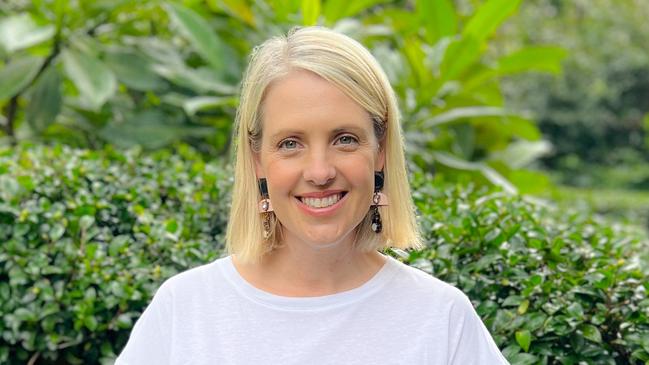
Advocacy group The Parenthood CEO Georgie Dent said “availability of childcare and kinder is a huge factor for parents of young children when thinking about where to live, but for many families, the choices are extremely limited”.
“The bulk of available places are concentrated in wealthier, urban areas, while many of the suburbs and towns where young families can afford to live are childcare deserts, with three or more families vying for every place.”
Governments must intervene, she said, as “every child should be able to access early childhood education and care, regardless of their postcode”.
See the latest PropTrack Home Price Index
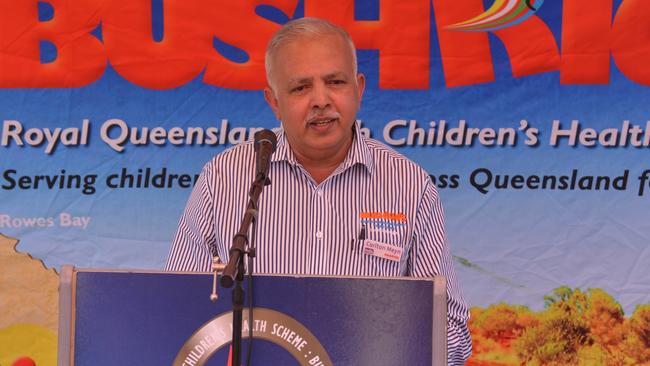
Carlton Meyn, CEO of BUSHkids, said many communities were being left behind with more than a million people in Queensland alone “living in an area with an acute shortage of childcare places, and some areas don’t have access to any services at all”.
Mr McCrindle said with more families working from home, childcare centres in suburbia closest to homes were seeing high demand. “It’s not just those that are located close to work or on the way to work,” he said, “because people are doing a bit more flexible working.”
Originally published as Childcare deserts turning Aussie communities into ghost towns

